Have you ever wanted to distill your own herbs at home? What about doing your own herbal infusions?
Distilling herbs at home is fun and rewarding. Even with a small still, you can enjoy a little essential oil and lots of hydrosol, or floral water.
And if you don’t have access to a still (yet!) infusions are a wonderful way to enjoy the aromatic and medicinal properties of herbs.
In this post, we’re talking about the basics of distillation and highlighting 5 herbs that we love to distill – You will too.
What is distillation and how does it work?
There are two main styles of distillation: hydro-distillation and steam distillation. Smaller stills, ideal for small-batch and home distillation, are most often the hydro- kind.
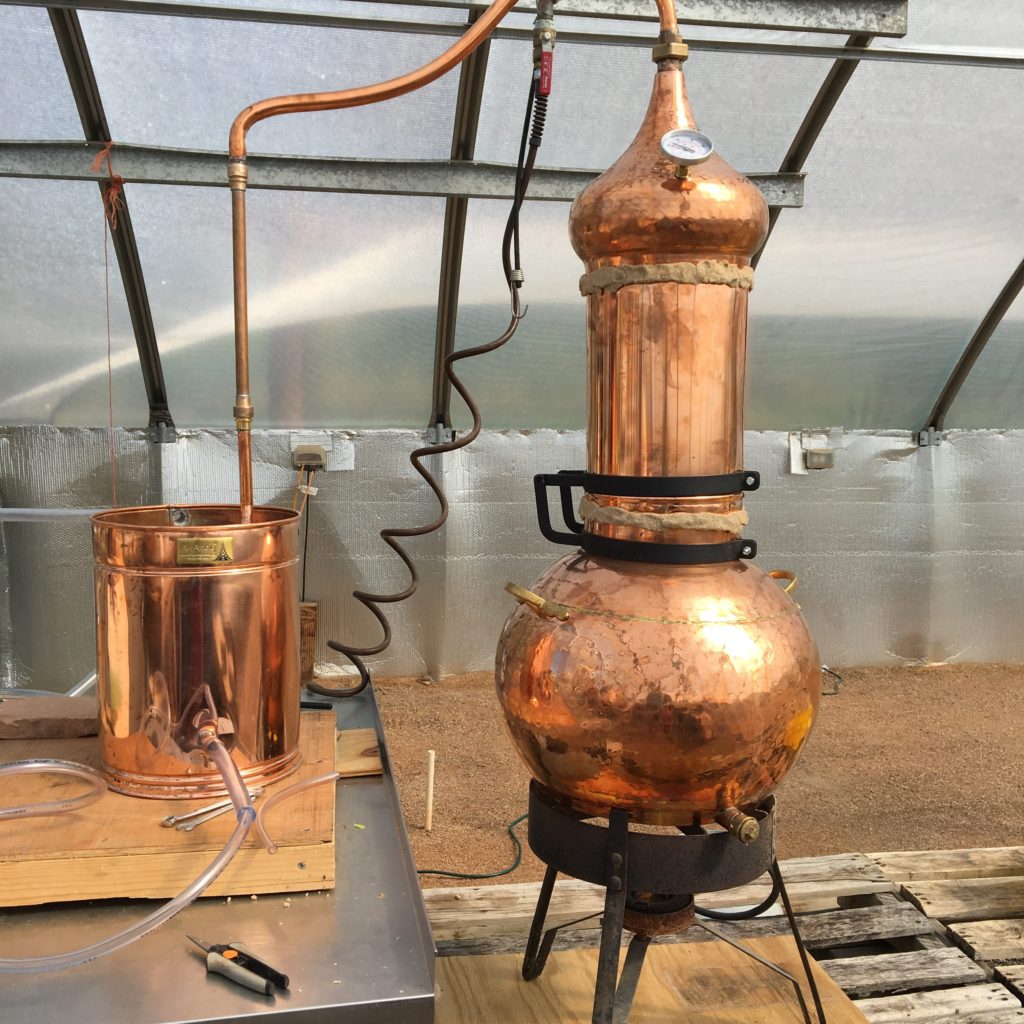
In either case, you’ll begin by harvesting your herbs and loading them into your still. Hydro-distillation means that your herbs will sit directly in water. That chamber of herbs and water is heated from below. The herbs are boiled this way, and the oils in the plant material are captured by the steam in the chamber.
The steam is pushed through the plant material, pulling the volatile (a fancy word for describing something that can evaporate) oils out of the plant and carrying them up into a tube.
Steam carries these concentrated essences through a tube from the distillation chamber to the condensing chamber, where cold water surrounds the tube. This heat surrounded by cold causes the condensing to occur, transforming the steam-and-vaporized-oil mixture into a water-and-essential-oil mixture.
Same compounds, different state: vapor to liquid.
Once the water-and-essential-oil collects in a glass or stainless steel container, it naturally begins to separate: The essential oil floats to the top, and the fragrant water, or hydrosol, sinks to the bottom.
It takes a lot of plant material to make essential oil. So when we’re doing small-batch distillation, our main product is hydrosol.
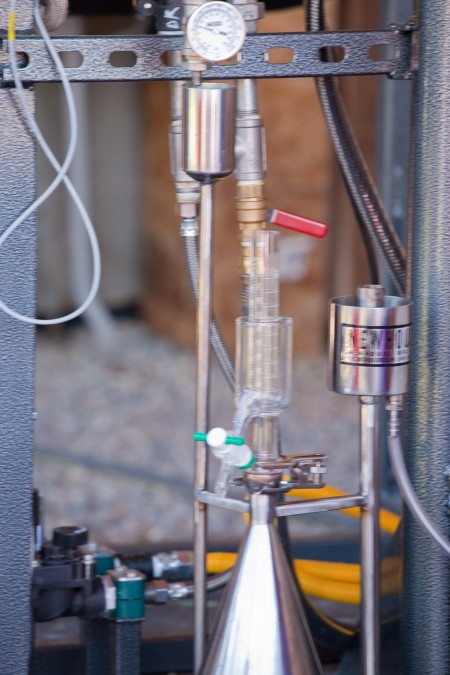
Hydrosol, a so-called byproduct of distillation, actually packs a healthy little punch itself. Though less concentrated than pure essential oil, hydrosols contains the same plant essences that essential oils do – in a milder form.
A special double-layered glass beaker uses overflow to collect the essential oil that has separated from the hydrosol into an outer collection vessel; however this is just one method of many that help collect the naturally separated products, essential oil and hydrosol.
Infusing, on the other hand, is an easy way to enjoy the powerful properties of plants. When you infuse an herb, you’re simply harvesting the herb and letting it sit in an oil like olive oil, coconut oil or grapeseed oil.
For best results, let your herbs start to wither after harvesting, so they lose a bit of moisture. Soak herbs in your oil of choice for 2-3 weeks, and the oil will absorb the properties of the plant.
Top 5 herbs to distill for hydrosol or infuse
Though you can distill many herbs for hydrosol and play with infinite infusions, these are our favorites.
Calendula
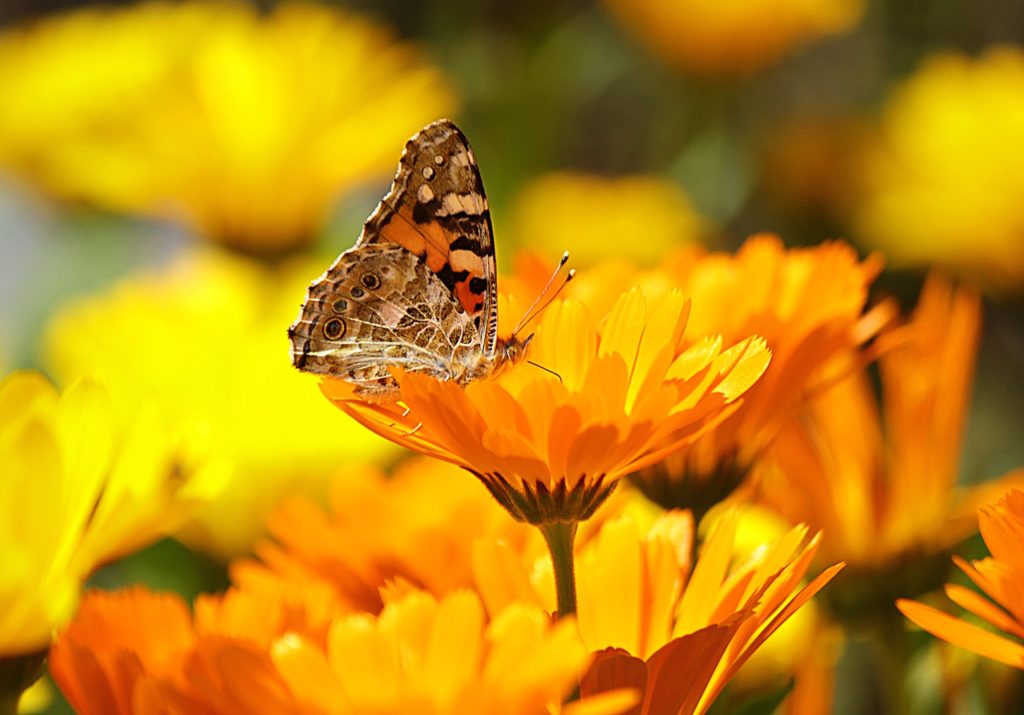
Calendula is a wonderful herb for body products. The vibrant flowers have a light, sweet and earthy aroma, and they’re packed with medicinal properties. The best way to extract calendula’s properties are through infusion.
Basil
Distill basil for a fresh-smelling hydrosol. You can use it for body care or in the kitchen. There are so many varieties of basil to experiment with, making it a fun herb to distill. The herb known to treat nervous irritability and fatigue, depression, anxiety and insomnia. 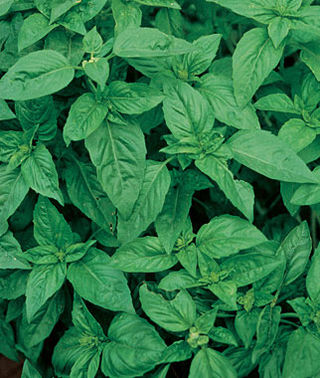
Roses
In particular Rosa x damascena or Damask Rose is known for producing wonderful floral water or rose concrete, perfumery and tea. Rose water smells so lovely, makes a great skin toner and just feels right.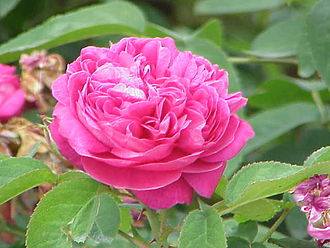
Yarrow
Yarrow can be distilled or infused. Yarrow has antiseptic, anti-inflammatory and astringent properties, and it’s often used for healing wounds, bruises and sprains. Native to Colorado, this herb is amphoteric, which means it moves in the direction it’s needed in the body. How amazing is that@
Lavender
Of course, this is our favorite herb to distill. Lavender produces a fine amount of essential oil and hydrosol, and both are divine. Lavender is a great herb to distill when you’re learning distillation because of its high oil content and durability. You can distill fresh flowers or dried buds with a little stem, play with different cultivars, and even combine it with other herbs to create unique co-distillations.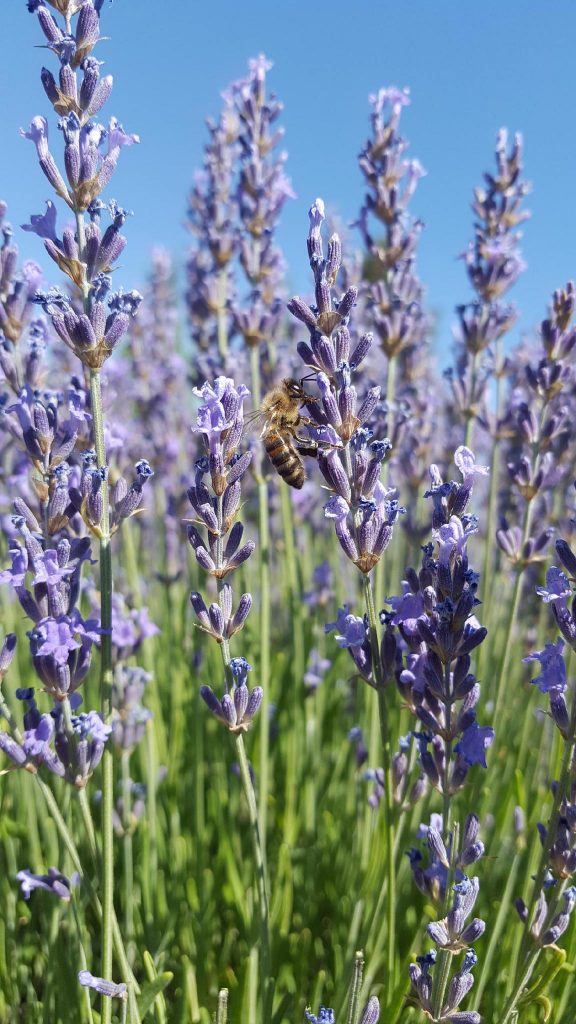


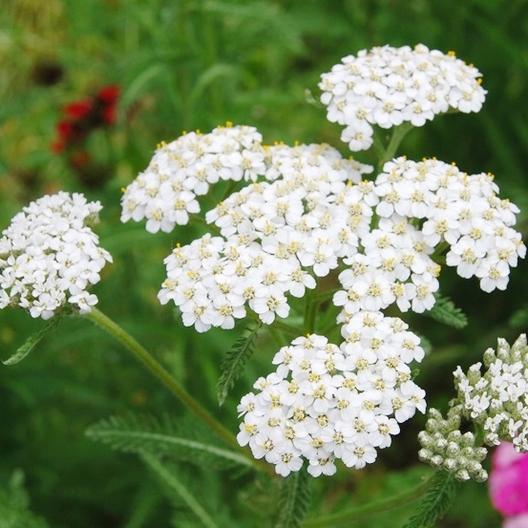
Ann
I am new to the distillation process and was wondering if I could make a hydrosol using a countertop water distiller. Or if there is a “beginner” still that you would recommend for a small batch, solo operation. I don’t have the money to go big on a copper still but Maybe someday after I get some practice in!
Thanks for the advice!